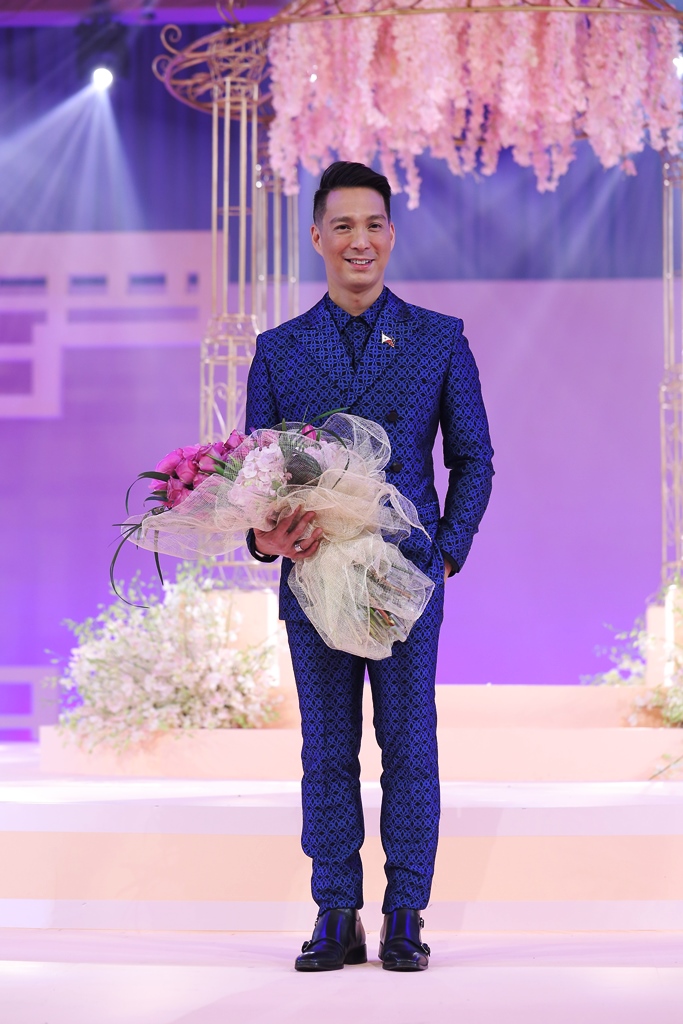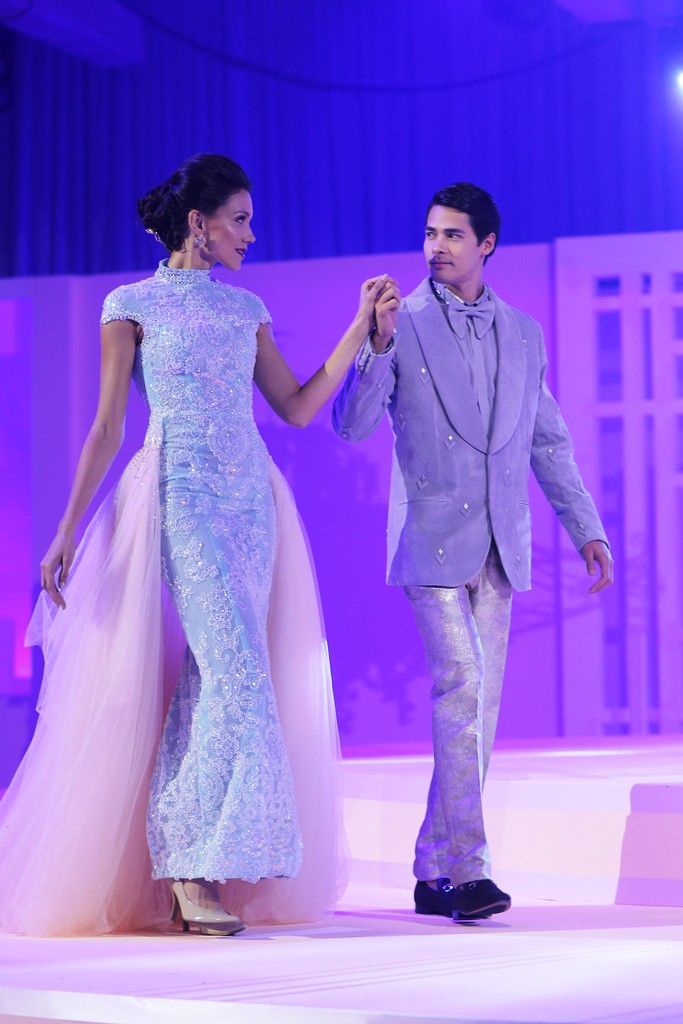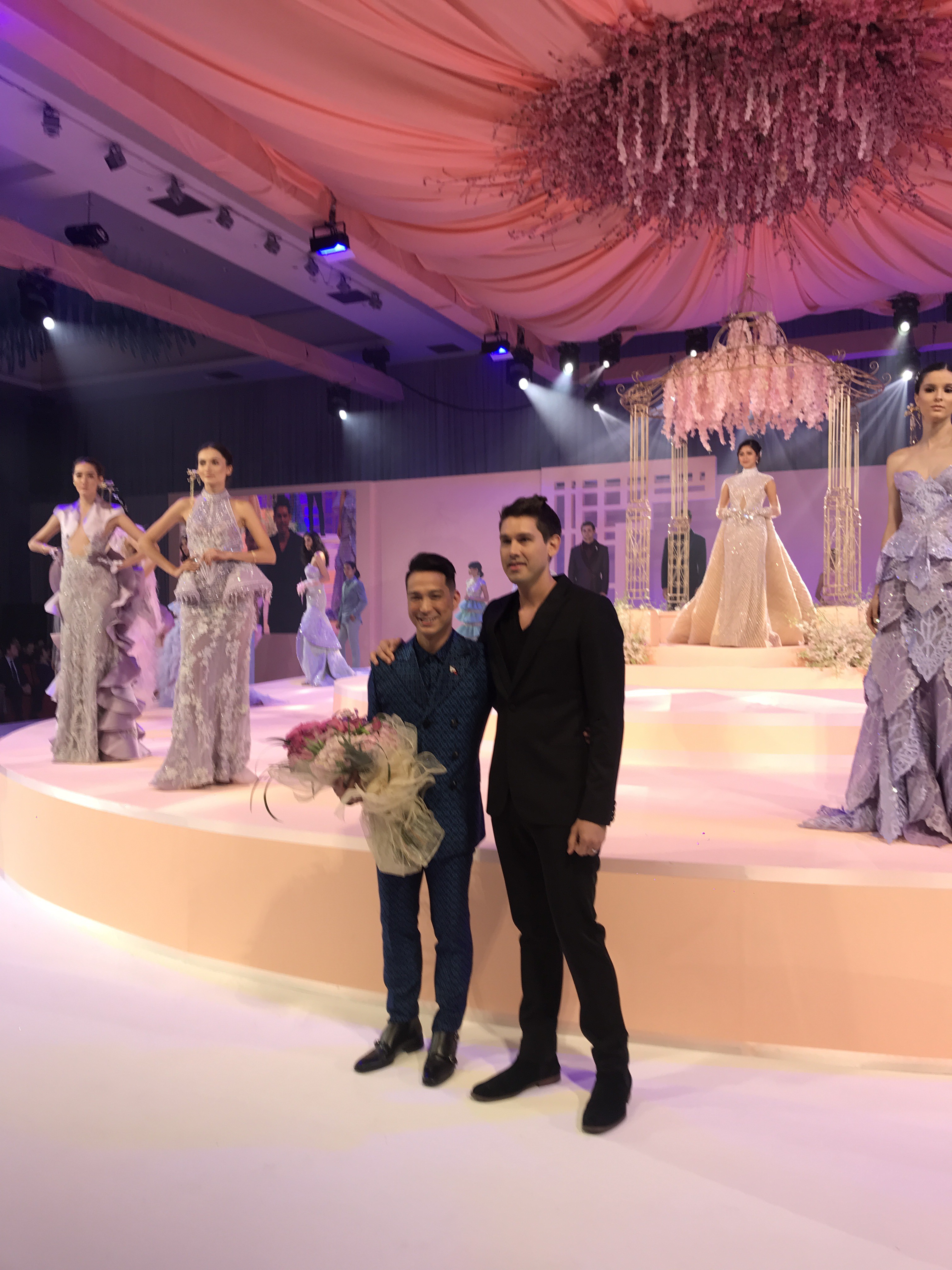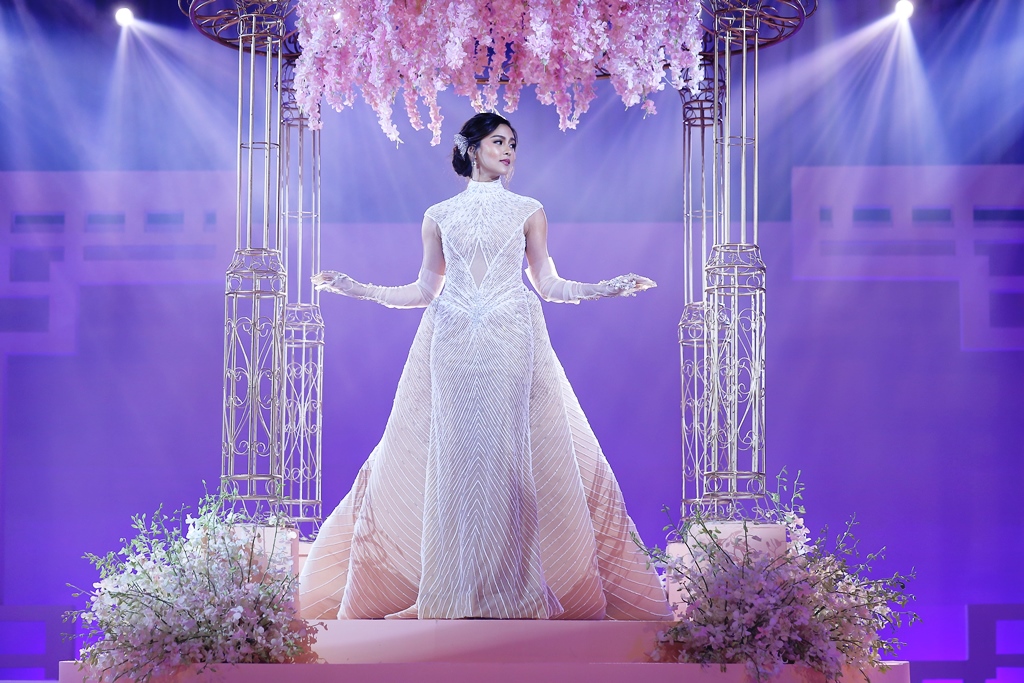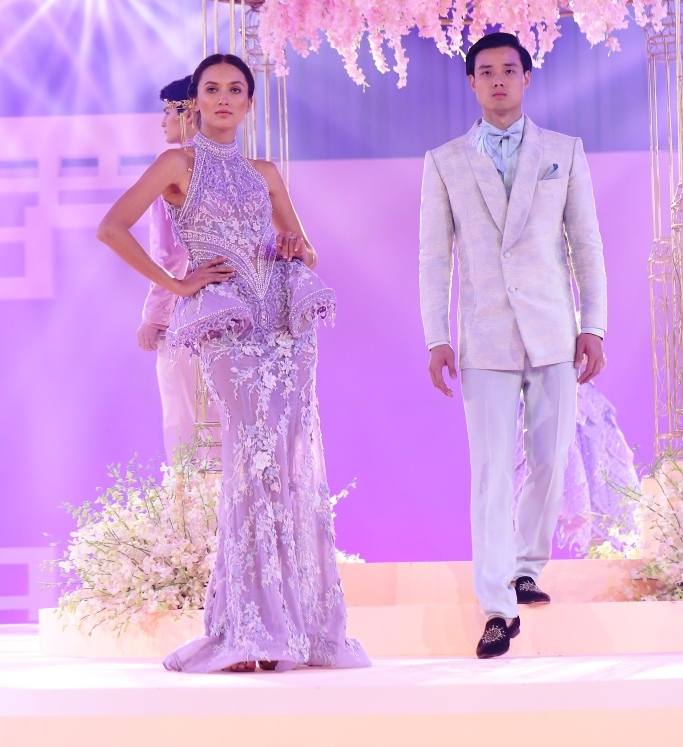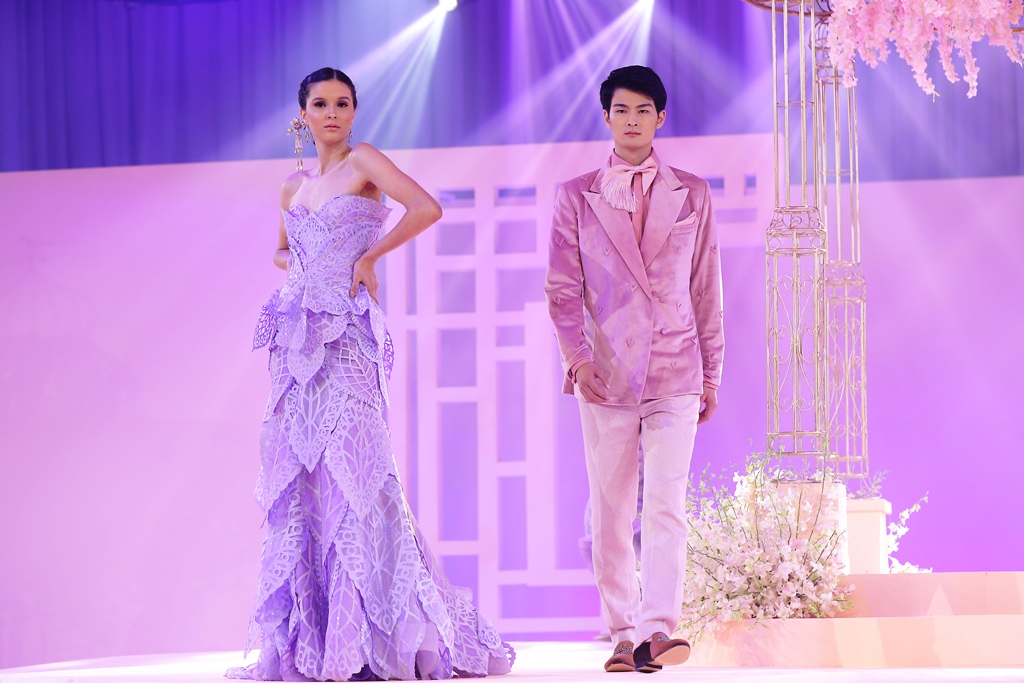Francis Libiran drew and paired inspirations from unlikely sources such as Art Deco and nature, to produce men’s and women’s wear bridal ensembles in candy colors and with rich textures in the form of brocades, embroidery and beadwork.
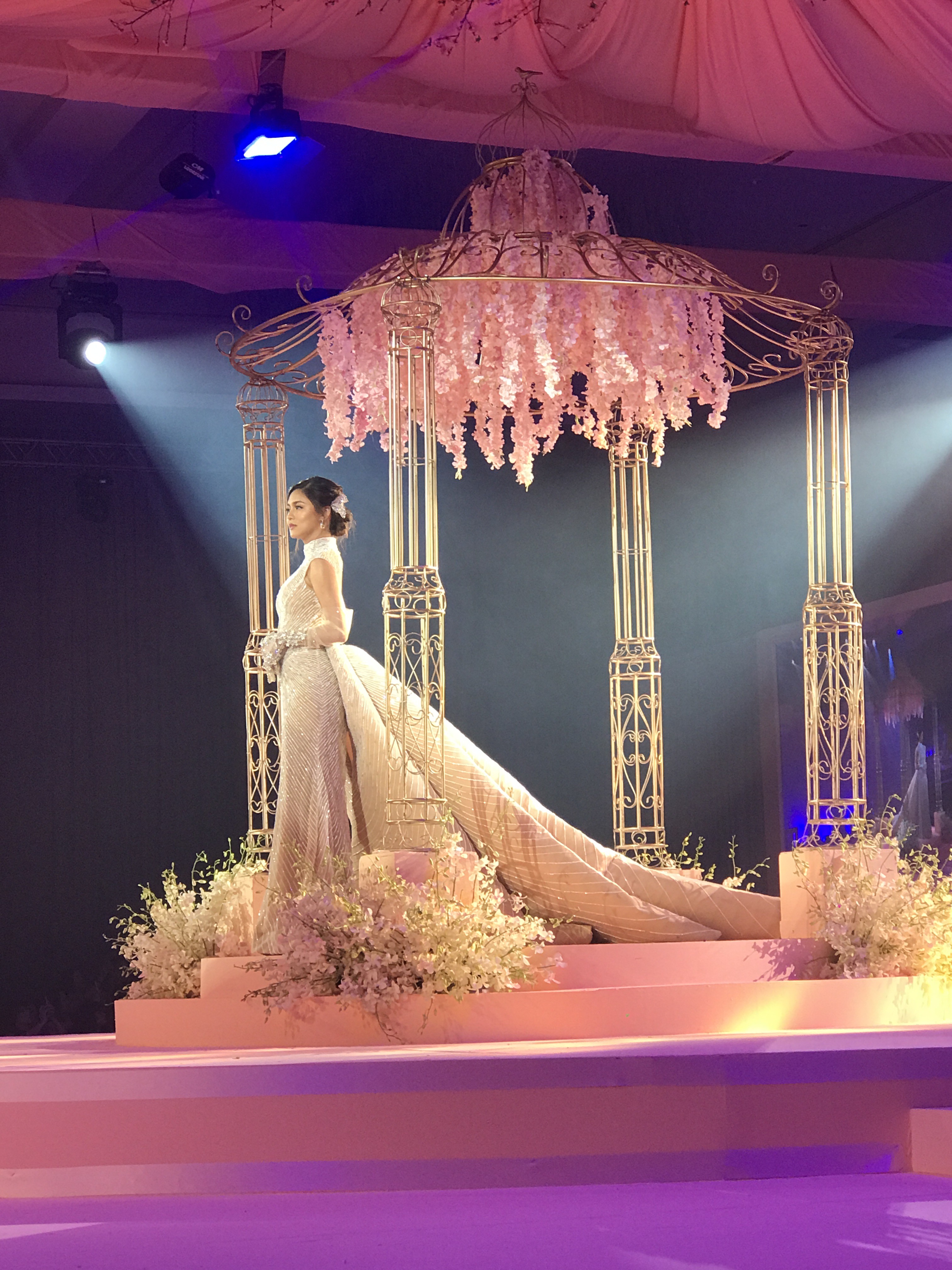
By Alex Y. Vergara
Drawing inspiration from two disparate, nearly opposing sources, designer Francis Libiran showed 21 women’s and 10 men’s wear ensembles, respectively, in the recent “Dream Weddings: A Wedding Gala by City of Dreams.”
The bridal show also gathered top event stylists Gideon Hermosa, Michael Ruiz and Teddy Manuel, who each presented their idea of a dream tablescape outside City of Dreams (COD) Manila’s grand ballroom. To complete the picture, feng shui master Joseph Chau provided would-be brides and grooms with tips on how to add “harmony” to their future married life.
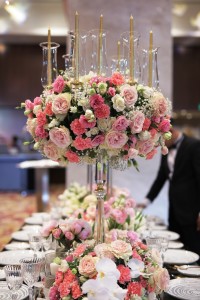
At the same time, guests helped themselves with the buffet spread, as the event also showcased sumptuous creations by chefs de cuisine and executive chefs from the hotel’s banquet and signature restaurants such as Cyrstal Dragon, Nobu and the Tasting Room.
The buffet-type dinner and table settings were a perfect prelude to the main event at COD Manila’s grand ballroom, which featured Francis’ bridal ensembles for almost every type of wedding—from conventional ones to May-December affairs as well as same-sex marriages (at least, that’s how they appeared to us) between several pairs of men.

Using such delicate fabrics as soft, fine tulle and various kinds of silk, Francis employed his signature Art Deco aesthetics as well as drew inspirations from nature—two seemingly different sources of ideas, as he played with colors, textures and fabric weights. As a designer, Francis points to nature as “my inspiration and teacher.” He also tips his hat to nature “as a master colorist,” which explains his embrace of color.
Such was the weight and painstaking details of certain gowns’ embroidery and beadwork that guests could hear the rustle of cascading hemlines and trains, as models walked in front of them. Directed by Robby Carmona, the show ditched the usual T-shaped ramp in favor of a cake-like multi-layered one with a gazebo at the center.
“The majesty of mountains, the beautiful reflection of the skies over the still oceans, the richness of a forest – they all evoke sensations of well-being,” says Francis. “I couldn’t find a more perfect inspiration to create a beautiful collection.”
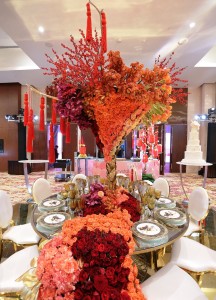
The custom-made wedding gowns, frocks and various ensembles for the bridal entourage were also the designer’s version of the traditional Ting Hun (Chinese engagement) gowns. Does this mean that there’s a growing market for colored bridal gowns in such shades as lavender, sea green, cerulean, yellow and pink?
“Classics never go out of style,” he says. “Classic off-white tone is still the preferred choice of most brides. However, there are brides who are not afraid to go out of their comfort zones by opting to add shades of color to their wedding gowns.”
Many of these gowns, including one made of layers of leaf-shaped patterns reminiscent of doilies, are designed to appeal to conventional brides with an adventurous streak. Still, Francis was mindful that not every woman is ready to wear a colored gown on the most important day of her life.
That’s why for his finale, with no less than actress Kim Chiu for his model, Francis wowed his audience with a classic sleeveless column in off-white with stylized mandarin collar, touches of gold beadwork and a huge, 1950s-style bustle. Indeed, if ever Old Shanghai and Vintage Hollywood would meet in one gown, this look could very well be it.
For his men’s wear collection, the designer used different types of high-quality wool and brocade fabrics. With the “modern and classic” gentlemen in mind, the designer purposely embraced and decided to be playful with pastel hues for his “Asian collection” and oversized lapels and robe belts for his classic pieces.
As for Francis’ aesthetics as a designer, like everyone else, he believes that he’s “constantly evolving and improving. As an artist, I believe it is very important to always make room for improvement, to never stop learning and to improve my craft without compromising my (design) DNA.”
